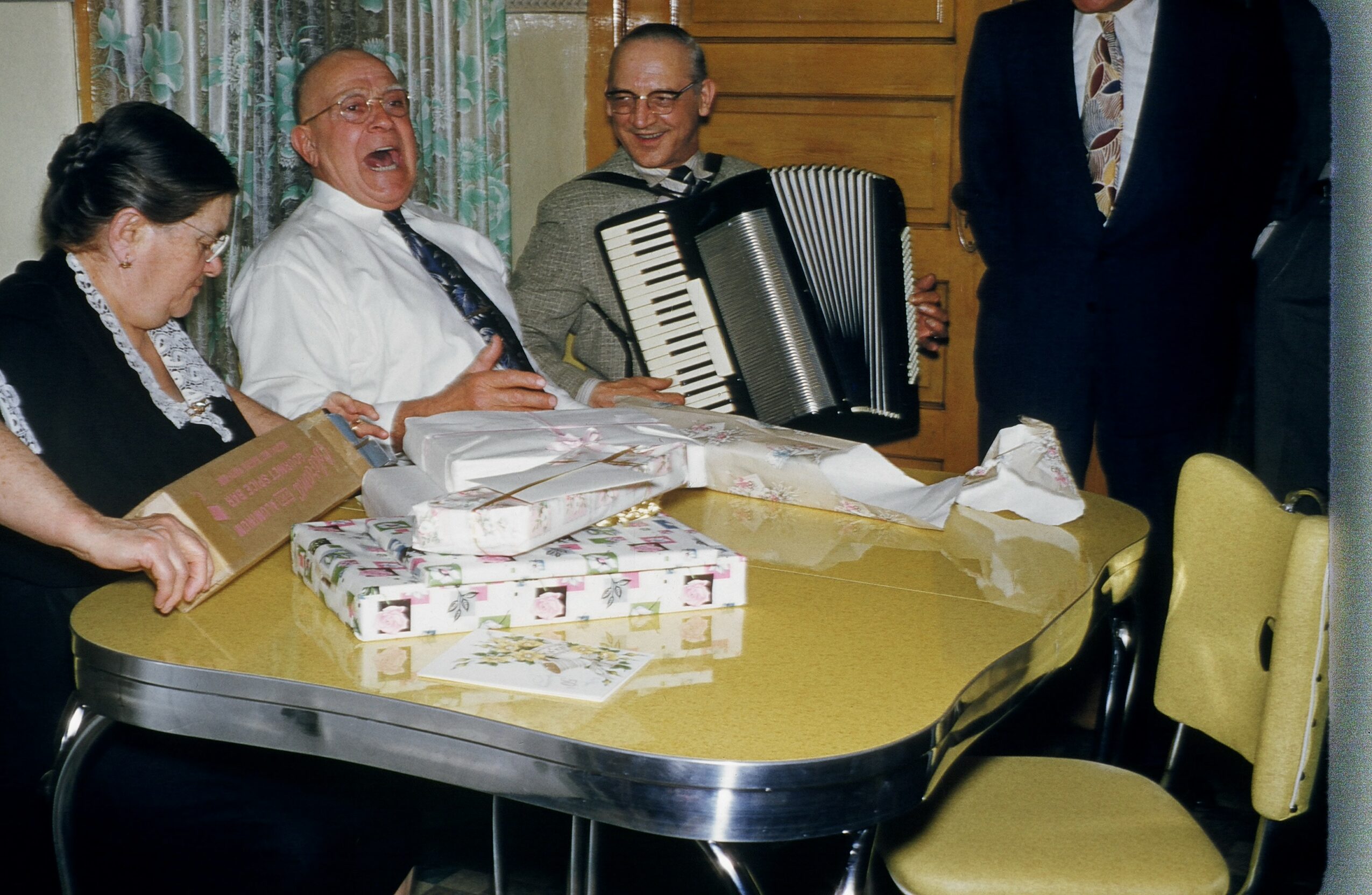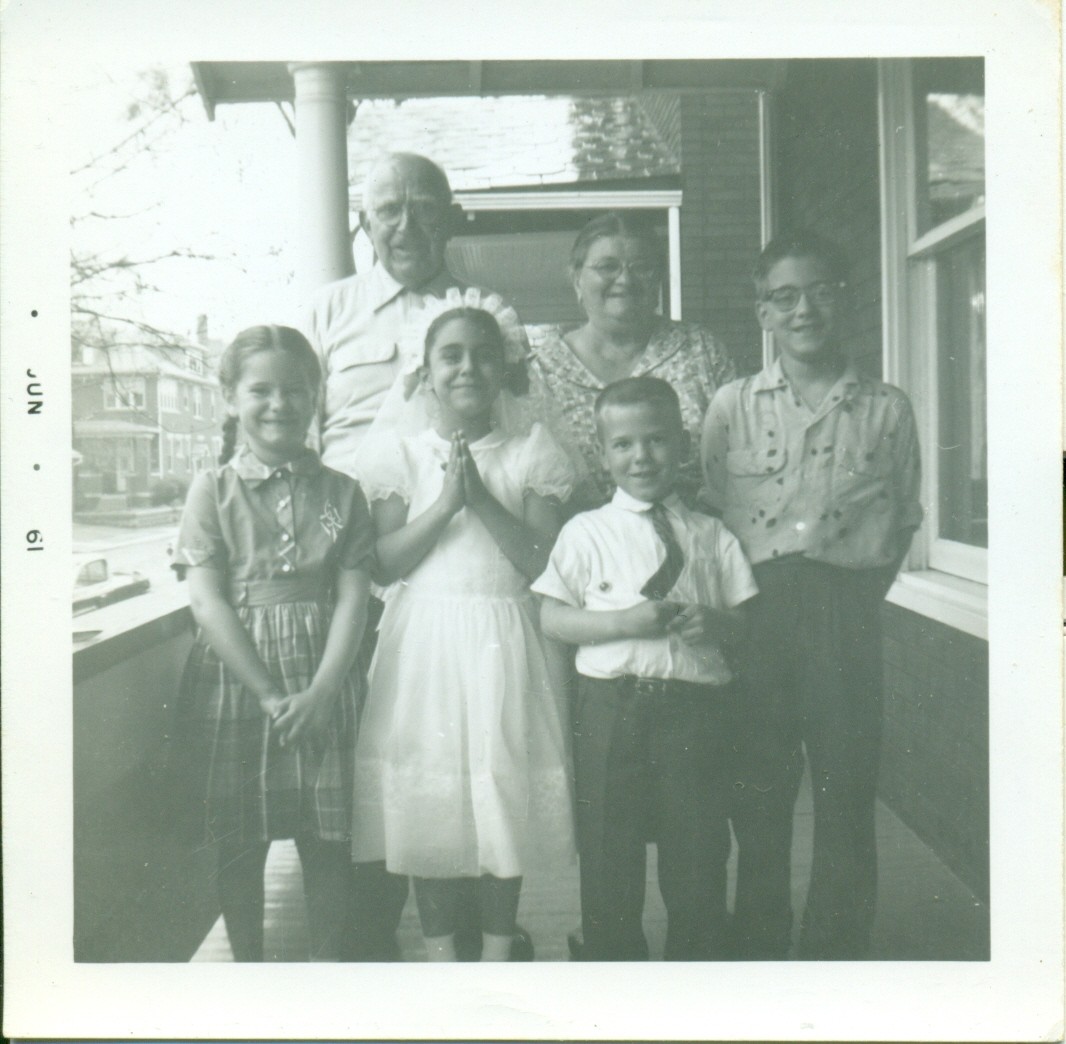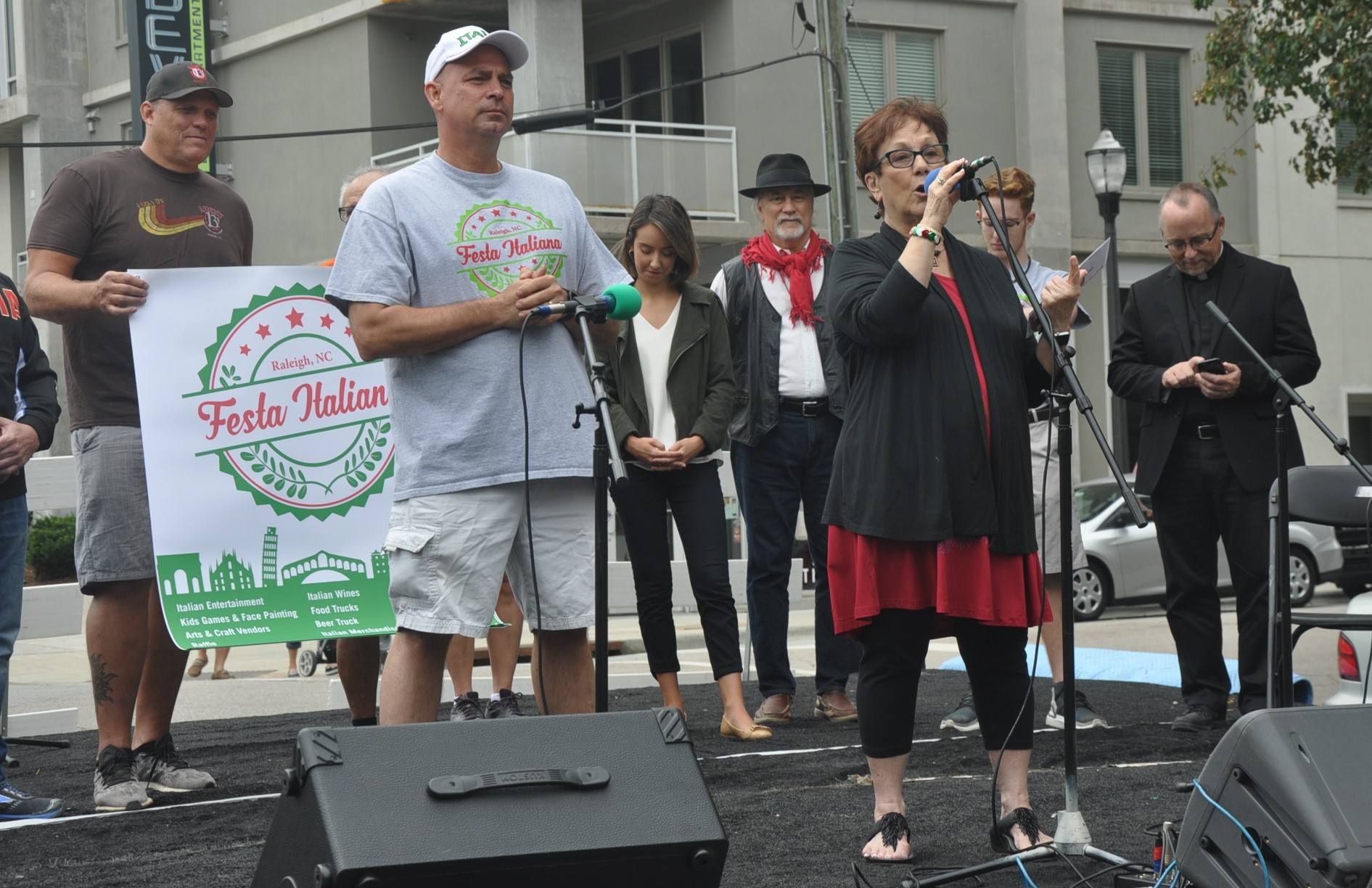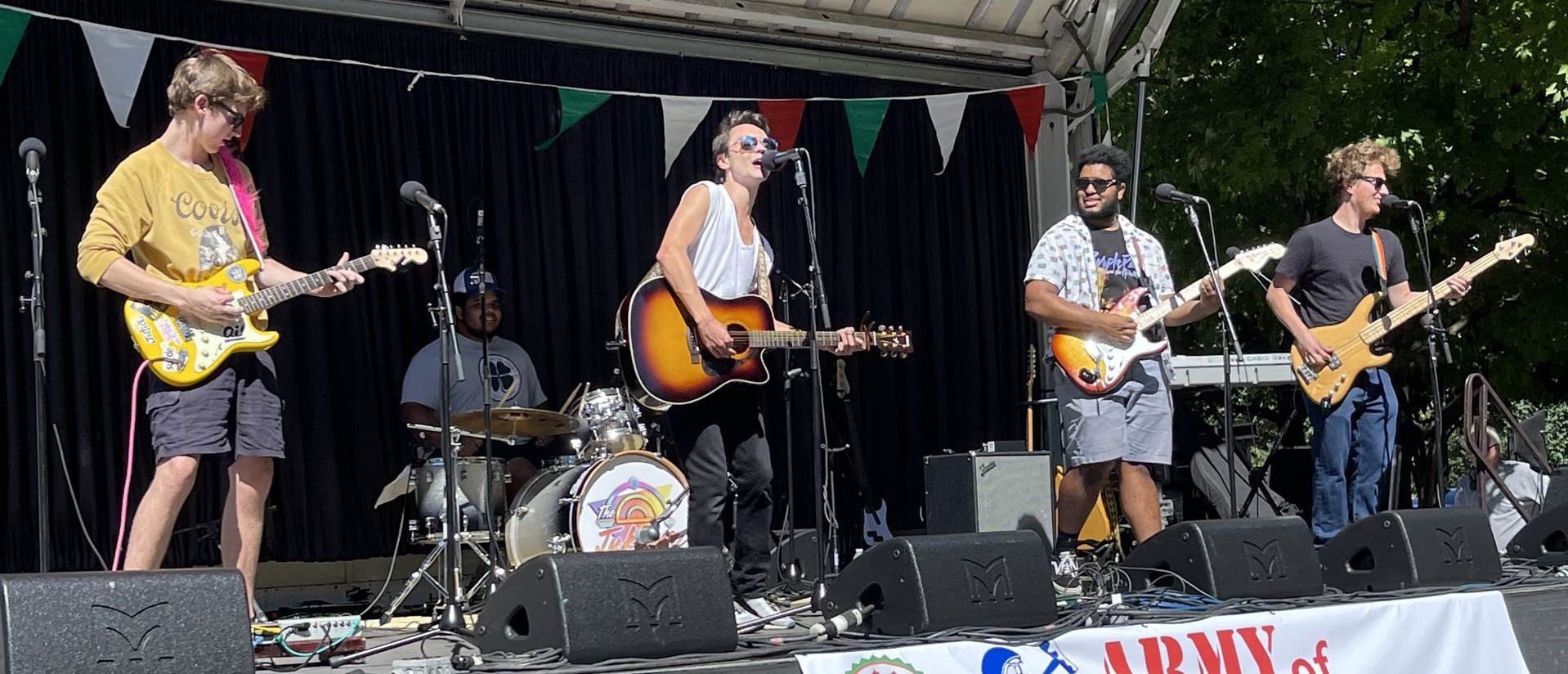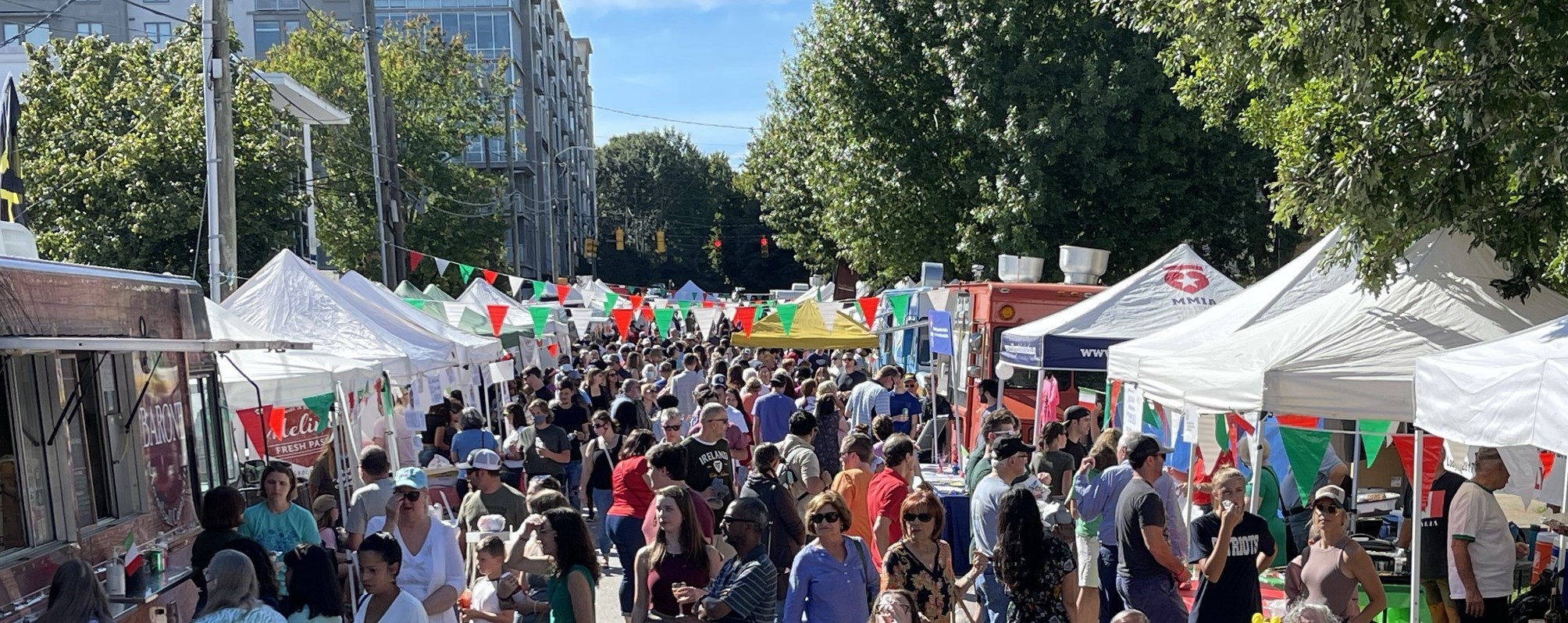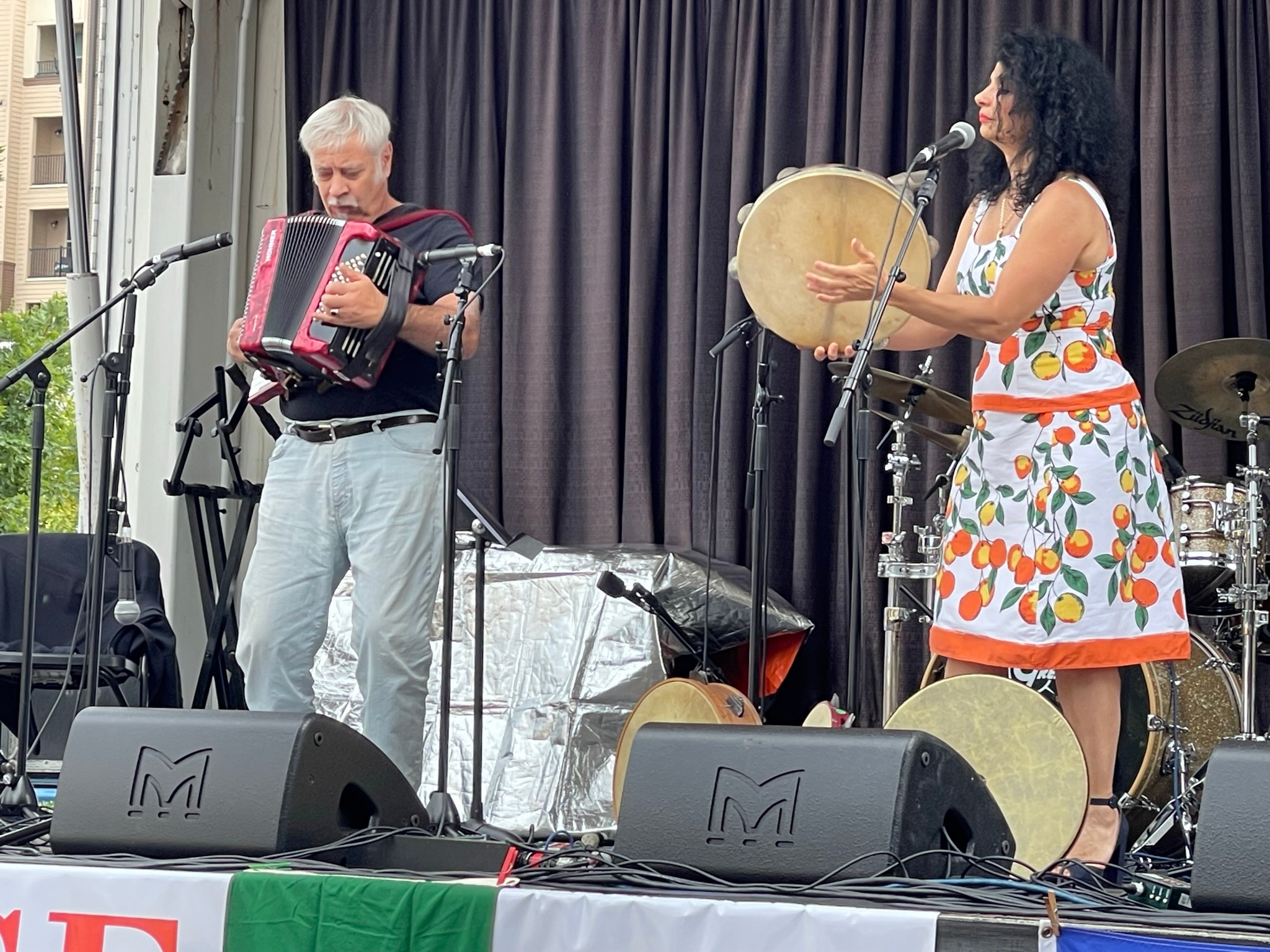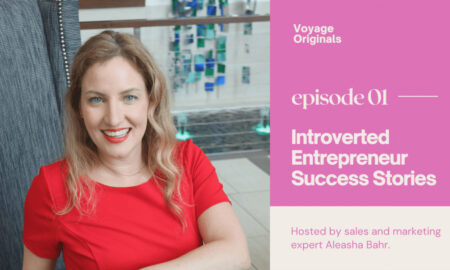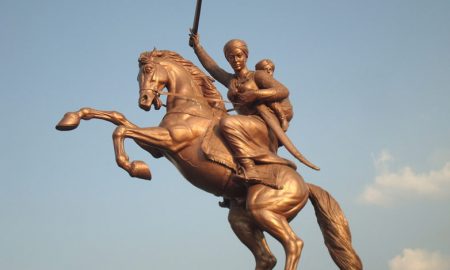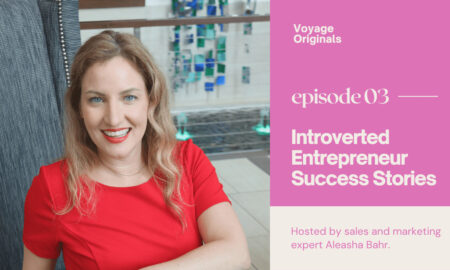

Today we’d like to introduce you to Loreins “Larry” Vellani.
Hi Loreins “Larry,” we appreciate you sharing your story today. Where does your story begin?
Since fall 2018, Festa Italiana Raleigh, Inc., has provided the largest, most comprehensive, most diverse celebration of Italian and American-Italian culture in North Carolina, while also raising important funds for local, independent charities. This year’s Festa—taking place on Saturday September 23, 2023—moves from our initial location along Tucker Street and Boylan Avenue in Raleigh’s Glenwood South Neighborhood to The Fayetteville Street Mall in the heart of North Carolina’s Capitol!
The “Festa Italiana Raleigh” story directly reflects the experience of Italians in diaspora in North America–a story of failure and faith; risk and reward; change and continuity. The story behind our Festa is the basic sub-text of our common human story—neither more unique, nor less common than those of other peoples or other times—embracing the common threads of our diverse, thoroughly human, cultural fabric of family, fealty, food, and, always, a bit of frolic—within the crucible of memory and the current moment.
There are many personal roads that lead to Festa Italiana Raleigh—family, faith, fashion, food, wine, coffee, film, football, dance, language, logistics, music, memory, myth.
For me, music is my principal path.
Like so many other Italian Americans growing up, we always called it pasta, never noodles; we were familiar with priests and nuns in and out of the house and school; we always ate salad AFTER our main course, not before; our bread arrived unsliced from the grocery store; our cooking sauces (our family said “sauce” in English, other families said “gravy”) did not arrive in cans or jars; we knew and loved grated cheese (we used “Parmigiano-Reggiano” at table; others used “Romano”); nor could we help, in a reflexively tribal way, asking about the grocer, or the doctor, or the new neighbor, or the singer, or the actor, or the political candidate: “Now, is that an Italian name, or were his parents Italian?”
For me, among my fellow Festa organizers and volunteers, it’s the music that nature and nurture have combined to imprint and release through me. Not that it’s music over food, or over bocce, or over language. It’s all of those things–and more–plus the music—for me, since we began laying the ground work for an annual Festa in the spring and summer of 2017!
I was born into a mixed, extended family of emigrants from the ancient Abruzzo, Campania, and Emilia regions of Italy, including Romani from Romania, as well as longer-settled English-Irish-German families of Central Ohio. My father’s family household of origin was our family’s center of gravity. Together with my parents and my six siblings, my father’s parents—Leonida and Virginia—his siblings—Maria, Desolina, Bruno, Elena, and Emma, and their spouses and children–formed my basic, sometimes endearing, always enduring sense of famiglia. (My beautiful mother’s family has its own set of thoroughly American and human stories, dating back in North America to the early 1600’s; however, in my generation, my mom’s birth family was, sadly, not as in tact, nor as dynamically influential as my dad’s.)
Significant parts of most childhood weekends–and at moments of extended family rites of religious passage, such as baptism, first communion, confirmation, etc.–were spent in my grandparents’ very modest home in the 1700 block of South Eighth Street, just below Hungarian Village on Columbus, Ohio’s South Side. We would huddle up, immersed in a cross-cultural brodo of complicated, energetic family and neighborhood relationships, mediated by a patois of Midwest-American English, the Reggio Emilian micro language (a.k.a. dialetto, known as arşan), and a bit of standard Italian. Cappelletti in brodo (caplet in arşan), washed down with nonno’s homemade wine or room temperature Coca Cola, formed a kind of eucharist for our most important, extended Vellani family meals.
Very early on in my youngest years, I was drawn to the voice and musical enthusiasm of my dad’s dad, Leonida Tranquillo Vellani. Leonida (or Leon or Leo or pop or papa) was an ardent community singer, ever ready to let forth in song as the mood struck or the scene seemed to demand. He was known to have a baritone handle on an Italian aria or two, knew all of Caruso’s pop hits, and had mastered several Gregorian Masses and hymns. Initially, I identified with his affection for the Gregorian muse. I love the pre-Vatican Council II Gregorian melodies and lyrics, as I was singing in Latin at home, before I could reliably read in English—though not without the errors of any preschooler. I have a very clear, pre-school memory of my own mondegreen warbling (as my mom toweled me dry after a bath), substituting “Angels say, who’s told us they’ve got the money!” for the ancient, often sung, prayer “Agnus Dei, qui tollis peccata mundi.”
Eventually, what most fascinated me was Leonida’s unique and long-standing love for songs of social comment and protest from the Emilian syndicalist song bag of his youth. My grandfather’s own sense of right and wrong, of the endowed and the dispossessed, of the disharmonies of institutional authority and personal autonomy ran him afoul of the local church and land-owning establishments in his home comune of Cavriago, Reggio Emilia, forcing him—a young, landless spouse and already father of four– to choose between prosecution by the authorities or self-exile in America. Of course, his self-exile in Central Ohio in 1913 led, two years later, to the arrival of his young family, and, then, about 10 months later, to the birth of my father, Alberto “Nonny” Vellani.
Given nonno’s strongly held social and political views, the contemporary dramas of Italy and the US were intertwined at my grandparents. For us, it seemed only natural that the names of Sacco and Vanzetti were as common in the household as Roosevelt, Eisenhower, and Kennedy; and that “le Strage di Reggio Emilia”—a police riot of 1960– was as much in the grown-ups’ conversation as the failed Bay of Pigs operation in 1961. And how about Rome—Città Eterna–hosting the 1960 Olympics, only 15 years after the fall of the traitor Mussolini and his despised Black Shirts, and little more than a decade after Italians chose a republican form of self-government over monarchy!
Nonno had arrived in Ohio a mere two decades after the mass lynching of Italians in New Orleans in 1891, when some of the most organized, racist–legal and extra-legal–forces were conspiring to extend the disenfranchisement and indenture of all so-called, “non-white” people—people of African, Irish, Italian, Jewish, Mexican, Native, etc., ancestry. The perniciously criminal myth of race, and the corrupt, deliberate manipulation of skin color, language, and religious belief for economic and political gain by powerful interest groups and influencers is an on-going, disastrous ingredient in our shared cultural and political gumbo, and requires vigilant acknowledgment and purgation. How many of us still flinch at thug or gangster-related comments that blind-sidedly rear up in popular culture or a passing conversation. A (only somewhat) comical story from my own life: it took several folks in my wife’s loving and extended native North Carolina family more than a few years to figure out that my last name was not “Valvano,” before they finally learned Vellani! Though, I guess they could have picked a much less sympathetic cognome to attach to me.
Okay, growing up, I loved music in church, I loved listening to contemporary pop records and radio, I loved the energy of my grandfather and his vernacular singing, and I loved to sing myself. But something was missing. It was comparatively easy to learn about North American folk and traditional music, and its musical cousins in the British and Irish Isles, Mexico, and the Caribbean. There were records, and the Smothers Brothers, and Sonny Terry, and Bob Dylan, and the television variety shows “Hootenanny” and, even, “Hee Haw”—all flavors of music I continue to enjoy today. American radio played English language versions of all the contemporary San Remo hits out of Italy, which I also loved and learned.
But where could I learn about the roots of my grandfather’s folk music.
Then came the 1974 album release of “Avanti Popolo,” a collaboration of the Rome-based scholar and song-collector, Alessandro “Sandro” Portelli, and US singer-social activist Barbara Dane, and her late journalist husband, Irwin Silber. Produced for English-language audiences, “Avanti Popolo” was my first window into traditional and contemporary Italian folk song. Less than 10 years later, I had the privilege of meeting Sandro Portelli while he was in the southeastern US, studying North American folk music. I sang for him a couple of my grandfather’s folk songs, at least one version of which he was completely unfamiliar. He encouraged me to trust my musical heart and look into the early 1950s Italian field recordings of the US folk song collector, Alan Lomax, and his Italian counterparts and sometime collaborators, such as Diego Carpitella, Franco Coggiola, Roberto Leydi, and Ernesto de Martino. As in all human cultures, the music in and around the Italian peninsula and diaspora was the language of dance, of healing, of heartache, of protest, of hope, of worship, of family, of love—ultimately, tutto della vita.
I was off and running—and learning, and singing, and sharing with other musicians.
When Frannie Palermo Giannuzzi first approached me about helping to organize an Italian street fair in Raleigh—a public event to showcase and celebrate Italian and American Italian culture, and to raise some charitable dollars–I thought, “I have to help with this. I think I can make a worthwhile contribution to the event, and the experience of the folks who come—and maybe have some fun and meet some fellow paesani too!”
Glittering constellations of rhythm, tone, movement, and melody from the universe of human music-making have refracted through the Italic experience: from the deepest roots of agrarian and sea-faring, pre-modern life—the products of Latin, Greek, Arab, Celtic, Slavic, and German interactions at the cross roads of Alpine and Mediterranean life—through the literate high culture of church and court, Renaissance, opera, and later Neapolitan popular song and the ballo liscio of Romagna, up to our contemporary mass, consumer, rocking-hip-hopping, world-beat culture.
I wanted to be part of a Festa that tried to truly celebrate the diversity of the Italian experience across the ages and the oceans. I wanted to commit my energies, not to some superficial, take-the-cannoli-carny, theme-park version of Italian life; that only moved to the 2-and-4 beat of mid-20th century Italian American crooners and balladeers–who themselves frequently changed (or had to change) their given names to “pass” in the American cultural landscape. (You know the old pop culture aphorism: “Jews write the songs, Italians sing them.”) Yes, gawdluvem, I wanted their pioneering legacy to be a part of our Festa soundtrack, just not the only musical voice at the band stand.
And, as a long-time performing musician in the region, I thought I might have a head start on knowing where and how to find the right talent that we also could afford to showcase!
Truth be told, I believe, since our first Festa in 2018, so far so good. And, if you think I’m passionate, talk with some of our other organizers and volunteers and families at the Festa, and learn their stories, and what fuels their fires of heritage, memory, and contemporary creativity. Where two Italians are gathered, there’s at least a third opinion! Hey, but why should it be easy. Look how long it took Italy to become a nation state! And the on-going “gravy-sauce debates”!?! Mamma mia!
Of course, if you think the music is already, and will continue to be, di prima qualità, wait until you sample the food—buonissimo—and the uniquely family-style street fellowship–everyone in attendance enjoying a lively, free-flowing, super in-group, as well as cross-cultural, time, while, of course, comprising the very best bella passegiata to be found anywhere in the Greater Triangle and Triad in North Carolina!
Alright, let’s dig a little deeper into the story – has it been an easy path overall, and if not, what challenges have you had to overcome?
Where two Italians are gathered, there’s at least a third opinion! Hey, but why should it be easy. Look how long it took Italy to become a nation state! And the on-going “gravy-sauce debates”!?! Mamma mia!
Quality cultural expression and worthwhile philanthropic action are the two legs upon which Festa Italiana Raleigh moves forward. Beginning with our inaugural planning team of Anthony Luise, Bates Battaglia, Bob Giannuzzi, Fran Giannuzzi, Mike Lombardo, Natalie Marrone, and myself, we are still an all-volunteer, fundraising act. We are not sponsored by an existing religious organization or local fraternal organizations or part of a for-profit, commercial event-promotion enterprise. More than one Festa vendor has remarked: “We’re amazed that you folks are about to put on your FIFTH Festa! Most community groups can’t keep it going more than a couple years, unless you’ve got some sort of institutional support, or you’re part of something like a municipally-operated tourist event or an organized, commercial carnival tour group.”
Folks have come and gone in our team. And the old adage that a camel is a horse designed by a committee holds true at times in all human endeavors. The essence of any successful organization is to reach out and recruit great people, and to help folks find the right fit for their talents among the many jobs that need to be done—and recognizing that folks invariably are striving to do the best they can in failure and in triumph. Speed now the grace among all team members to know when best to lead, follow, or get out of the way! … ![]() …
…
The general laws of entropy hold that, if you’re not moving forward, you’re probably moving backward. This year we are moving Festa from the Glenwood South Neighborhood to the Fayetteville Street Mall, the cultural and civic spine of North Carolina’s Capitol City. Changing our venue is more than a seven-league-boot step forward: more space, more exposure, and new, exciting design and logistical challenges. How do we continue to grow Festa in a way that ensures that we not only break even financially, with enough to spare to launch the next year’s Festa, while also raising meaningful funds for an independent local charity or two? How do we build on the successes we’ve enjoyed steadily since first Festa in fall 2018, while not sacrificing our cultural standards or our philanthropic goals?
Every year more vendors, and charities, and performing acts from farther afield reach out to us. How do we address the expanding tastes and desires of our partners and audience without experiencing organizational bends or a drop in quality?
Our Festa is free, open to the public, and welcoming to all. Should there be an entrance fee? What would Festa Italiana be like, if we could afford to expand to a second day? There’s certainly more than enough culture—old and new, ancient and modern–to display and experience? What would it take in additional investors, donors, vendors, fellow philanthropists, and performers to grow to a second day? What might a Festa film festival be like? Are there significant opportunities for additional or deeper partnerships with businesses that promote Italian products or with Italy-based businesses that operate in the United States? What might academic programs at regional institutions of higher education gain from collaborating with us? How can we partner with the Honorary Italian Consulate, based in Charlotte? What could the different parties bring to the table and provide each other to nurture such partnerships?
Perhaps, most important of all, how do we stay relevant culturally with rising generations of Italians, American Italians, and the general public?
These questions are among the exciting and complex opportunities for our volunteer team—and for you the public who have supported and enjoyed our efforts in the tens of thousands since 2018. Stay tuned. Rome was not built in a day, and as the Italian aphorism goes, Chi non risica non rosica! Nothing ventured nothing gained!
Thanks – so, what else should our readers know about your work and what you’re currently focused on?
In my musical journey, I’ve been privileged to perform in Canada, England, Ireland, Italy, Mexico, and across the United States with some of the most respected interpreters of social and narrative song and dance—in English, Italian, Spanish, and Ukrainian–including with Guy and Candy Carawan, Barbara Dane, Chuck Davis, Mimi Fariña, Beppe Gambetta, Ronnie Gilbert, Rhiannon Giddens, Beverly Grant, Si Kahn, Natalia Marrone, Fran McKendree, Michela Musolino, Holly Near, Bruce Phillips, Abby Sale, John Shaw, Fabio Turchetti, Baldemar Velasquez, Salvatore Villani, and Martyn Wyndham Reed. I also have performed with some of the Southeast’s most renowned traditional Anglo and Afro-American musicians, including Lonny Austin, Marvin Gaster, Tommy Jarrell, Lauchlin Shaw, Paul Taylor, and Joe Thompson.
My spouse and long-time musical collaborator, Peggy Boswell, and I are co-founders of the TransAtlantic roots, rhythm, and world roll musical ensemble, Mebanesville (https://mebanesville.com/). Along with our adult children, we are citizens of the Republic of Italy, as well as the United States. I was honored to be recognized in October 2017 as the Outstanding Italian American of the Year in North Carolina by the Triangle Sons & Daughters of Italy (TSDOI), the largest, longest-established organization for men and women of Italian heritage in North Carolina, in recognition for my study and promotion of Italian and American-Italian story, music, and song.
Peggy and I are also co-founders, along with Galyna Karpenski and Iryna Tkachenko, of the Ukrainian music ensemble, Red Kalyna, performing traditional, contemporary, and bel canto Ukrainian songs in Ukrainian and in English translation.
Pricing:
- Festa is free, open to the public, and welcoming of all!
Contact Info:
- Website: https://FestaRaleigh.com/
- Instagram: https://www.instagram.com/festaitalianaraleigh/
- Facebook: https://www.facebook.com/FestaRaleigh
- Linkedin: https://www.linkedin.com/in/mebanesville/
- Youtube: https://www.youtube.com/channel/UCSV33l440ycGhk9q3CM0MnA
- SoundCloud: https://soundcloud.com/larry-vellani/tracks
